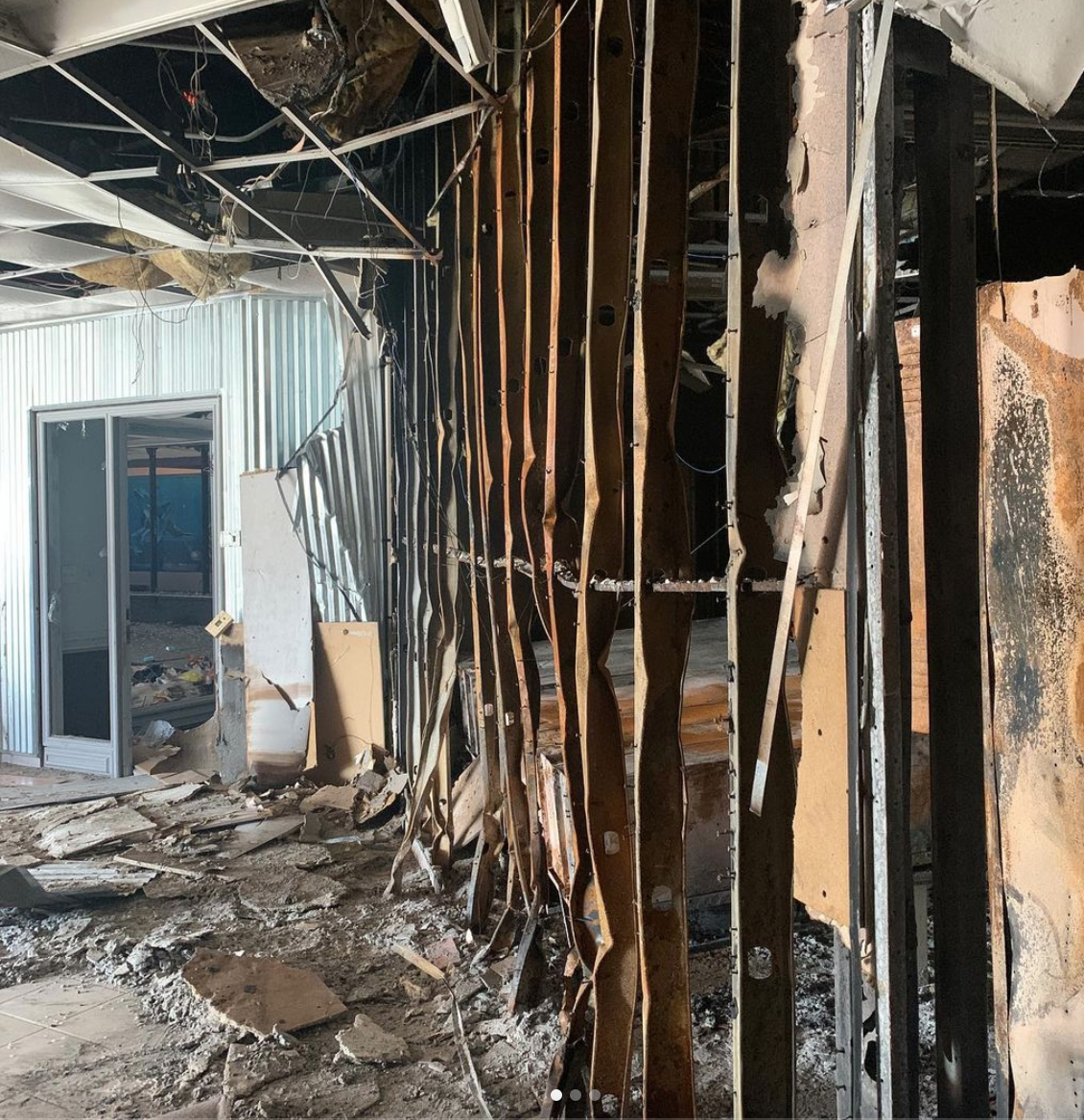7 Warning Signs Of Electrical Fire Hazards You Should Never Ignore

Electrical safety is paramount in every construction project. Recognizing the signs of electrical fire risks is crucial to ensure occupants’ safety and avoid potential disasters. For those interested in building inspection and construction, here’s a rundown of seven warning signs to watch out for:
- Frequent Circuit Breaker Trips
While circuit breakers are designed to trip as a safety mechanism when there’s too much load, frequent trips can indicate underlying problems. Overloaded circuits, short circuits, or a faulty breaker could be at play. If you find a circuit repeatedly tripping, consult a professional to investigate further.
- Hot Outlets or Switches
Outlets and switches should never be hot to the touch. If they are, it can indicate an issue with the electrical load or the device itself. Overheating can result in electrical fires, so switch off and unplug any devices, then consult an electrician.
- Buzzing or Sizzling Sounds
Electrical systems should be relatively silent. If buzzing, sizzling, or humming noises emanate from your outlets, switches, or electrical panels, these could signal a loose connection or problematic wiring. These sounds can be early signs of electrical fire hazards and should be addressed immediately.
- Charred or Discolored Outlets and Switches
Signs of scorching, discoloration, or charring on outlets and switches can indicate previous sparks or minor electrical fires. These events can lead to more significant fires if you don’t resolve the underlying issues. Replace the damaged outlets and seek an electrician’s advice on potential issues in the wiring.
- Flickering or Dimming Lights
Occasional flickering might result from a bulb nearing the end of its lifespan. However, consistent dimming or flickering can indicate voltage fluctuations or overloaded circuits. It’s essential to determine the root cause to avoid potential electrical hazards.
- Old or Frayed Wiring
Outdated electrical systems or visible frayed wires pose significant risks. Wiring systems have a lifespan, and their insulation can break down as they age, leading to exposed wires. Regularly inspect your home or building for outdated systems and replace old wiring to meet current safety standards.
- Persistent Electrical Shocks
While minor static shocks can be commonplace, particularly in dry conditions, repeated or severe shocks from appliances or outlets indicate a problem. It might indicate grounding issues or faulty appliances. Always prioritize safety and disconnect the device or switch off the circuit before seeking professional help.
Regular Maintenance and Safety Awareness
Being proactive in construction and building inspection is often the key to preventing major incidents. By incorporating regular electrical safety checks into your routine, you not only detect potential fire hazards but also extend the life of your electrical systems.
Furthermore, staying updated with the latest electrical safety standards and practices can make a difference. Attend workshops, seminars, or webinars focused on electrical safety.
Equip yourself with knowledge and the latest tools to ensure a comprehensive inspection. Remember, continuous learning and awareness are your best allies against potential hazards in safety matters.
Vigilance Matters
The signs of electrical fire hazards aren’t always immediately obvious, but with vigilance and regular inspection, potential issues can be detected early. Whether you’re in the construction industry, an aspiring building inspector, or a homeowner, always prioritize electrical safety.
Familiarize yourself with these warning signs, and never hesitate to consult a professional when in doubt. After all, prevention is better than cure, especially when it concerns the safety of people and property.
